Display different decoding strategies in the classroom with this printable poster pack.
Decoding Strategies for Middle School — Anchor Chart Pack
Decoding is applying knowledge of letter-sound relationships to correctly say written words. Most of these skills are taught in primary grades, but very often, students make it well into middle school lacking in some of the most critical components of reading.
● Letter-sound relationship examples: c sounds like /k/ like in ‘cat’
● Including letter patterns: “tion” at the end of words, sounds like “shun” like in ‘action’ Understanding these relationships gives children the ability to recognize familiar words quickly and to figure out words they haven’t seen before.
Decoding breakdowns at the middle school level are more frequent and detrimental due to the readability of most 6-8th grade texts. Struggling students in this age group desperately need a bank of strategies to pull from when reading unknown texts.
Teach Word Attack Skills with Anchor Charts
These posters are perfect for giving your students visual reminders of the different strategies they can employ when reading unfamiliar text with higher-level vocabulary. Display these posters to help students select a decoding strategy when reading unfamiliar texts. Each poster contains a decoding strategy and symbol to help students visualize the concepts.
Ways to use this resource:
- Print on tabloid paper and display it in your classroom for students to reference when decoding unfamiliar words and texts.
- Print on letter-size paper and use it in your guided reading groups to teach each strategy.
- Print 2 to a page on cardstock, cut, and place on a binder ring
- Print the posters 4 to a page and have students glue them into their reading notebooks for later reference.
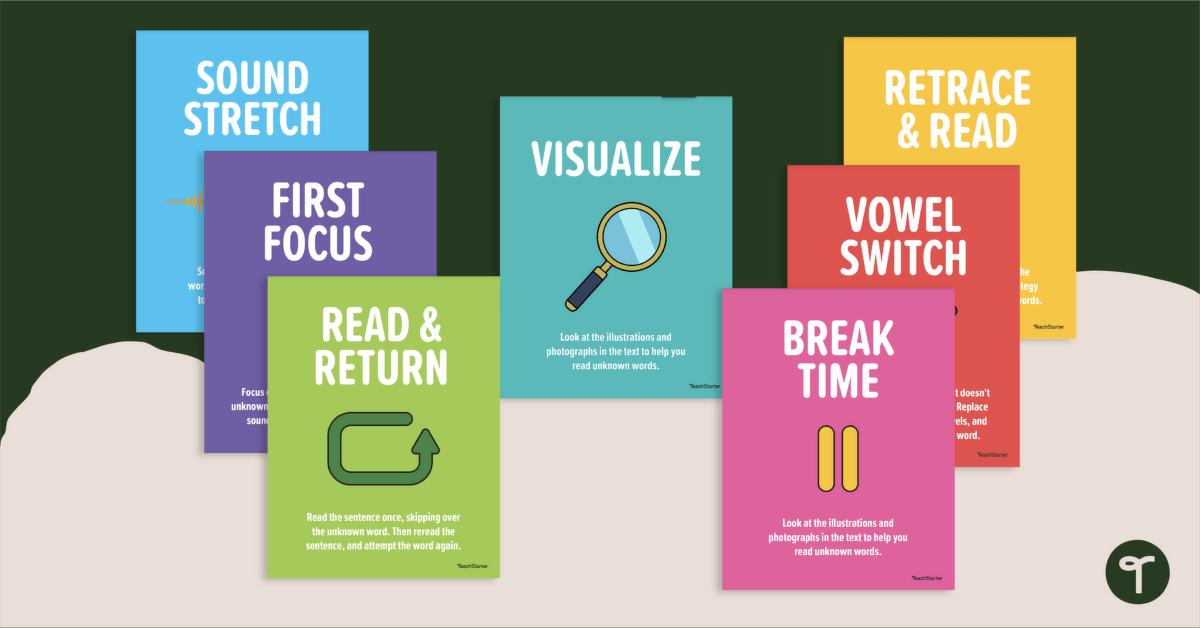
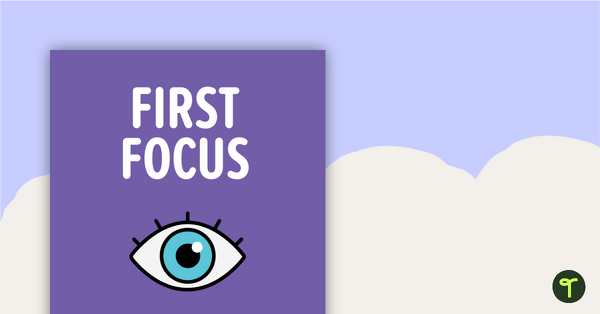



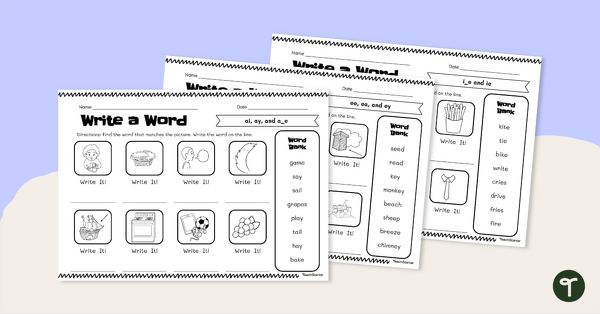
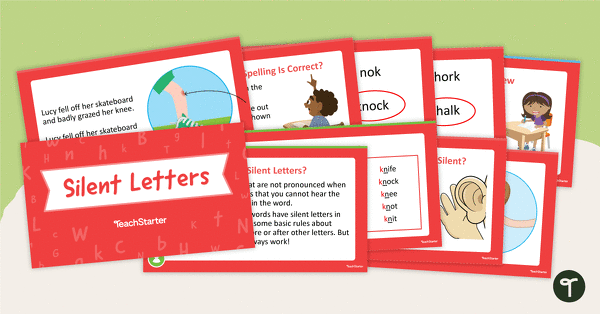
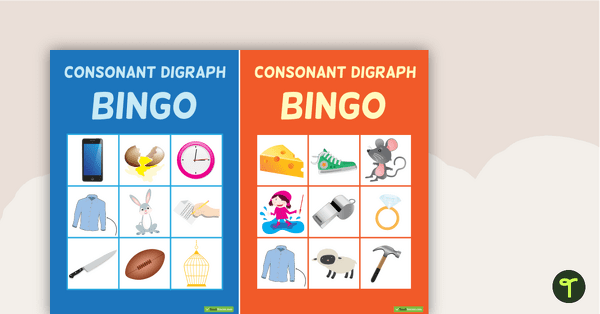
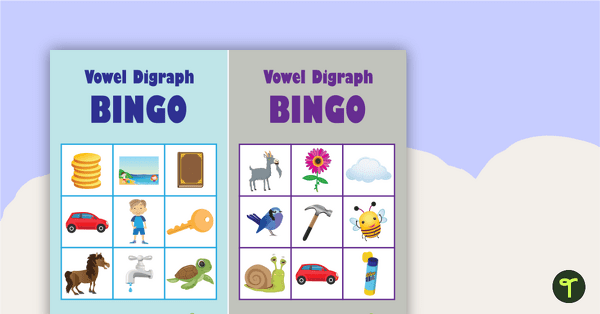
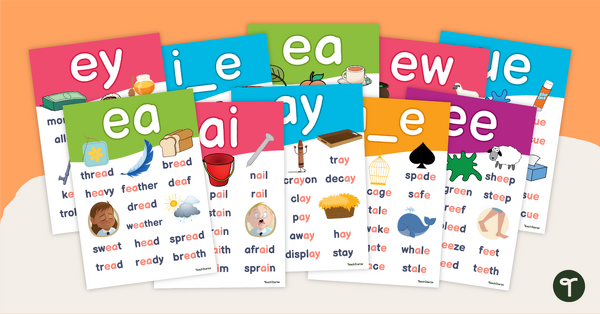
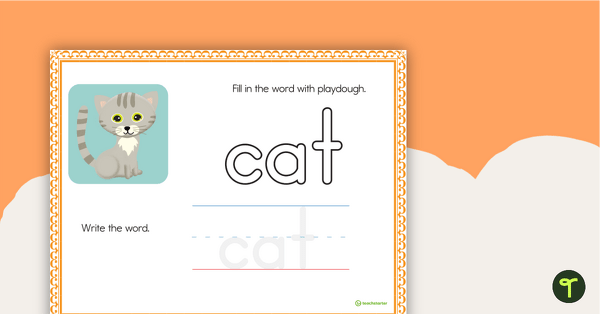
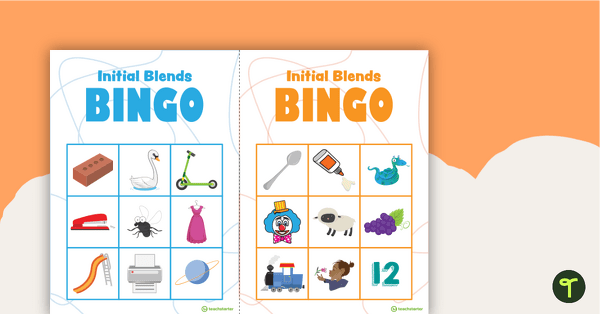
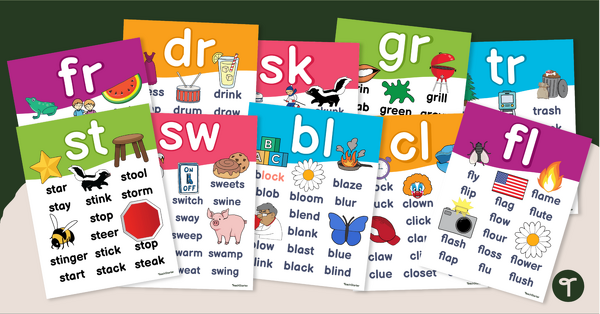
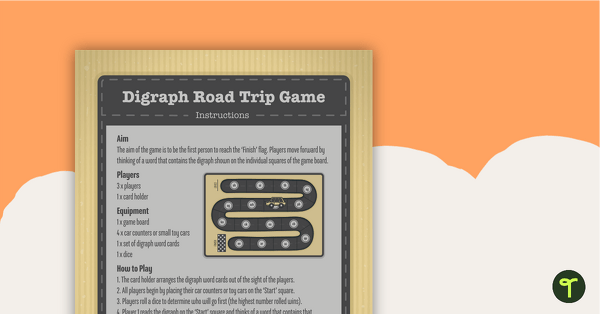
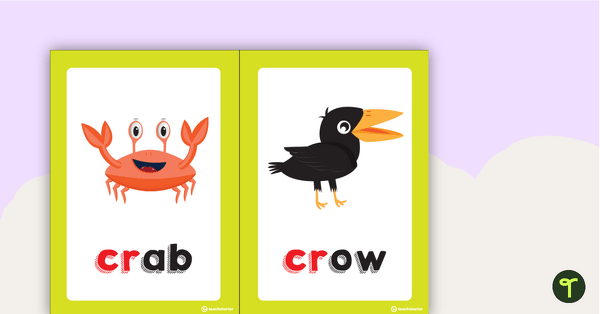
0 Comments
Write a review to help other teachers and parents like yourself. If you'd like to request a change to this resource, or report an error, select the corresponding tab above.